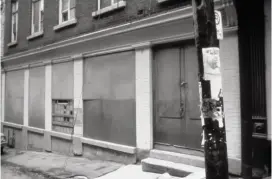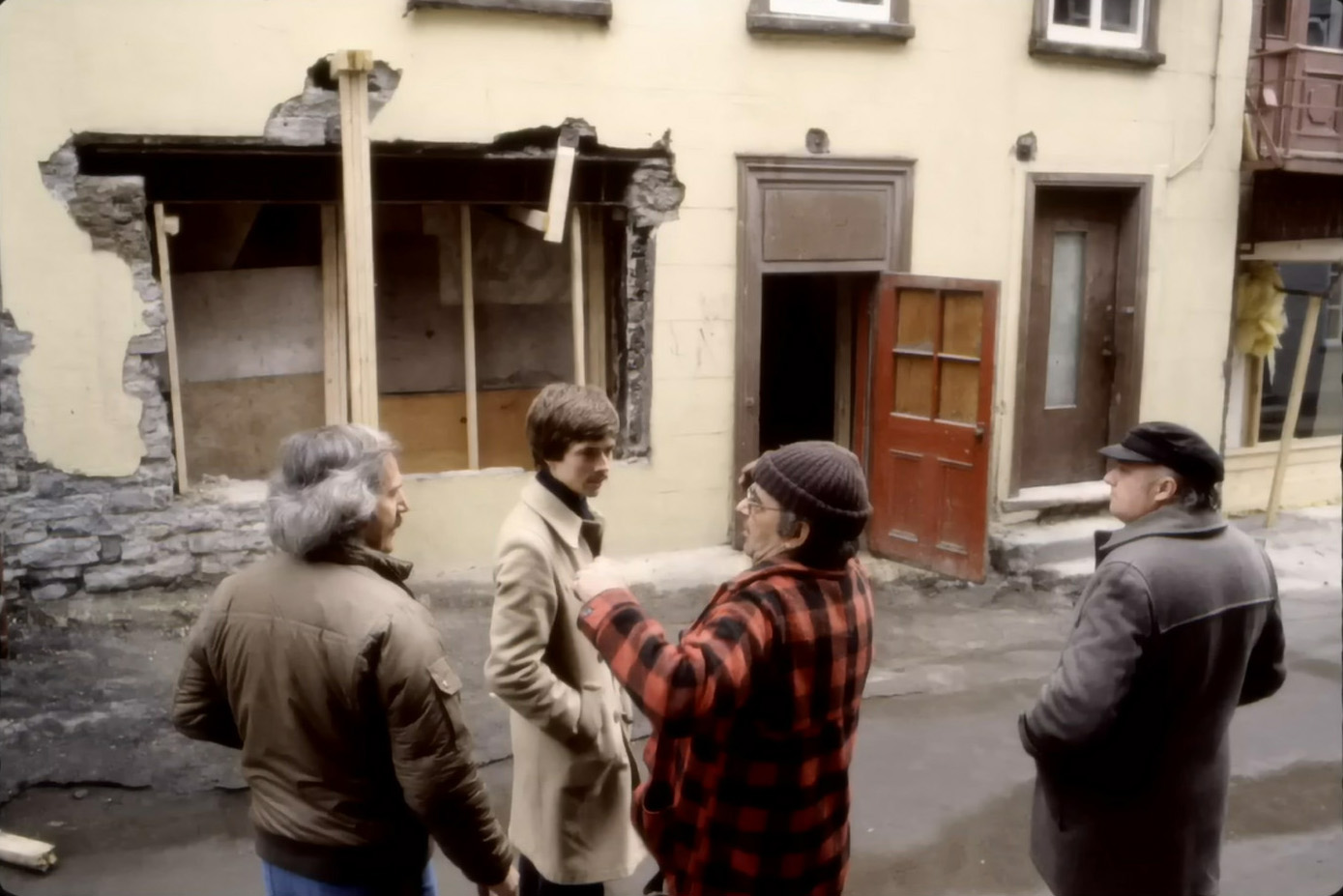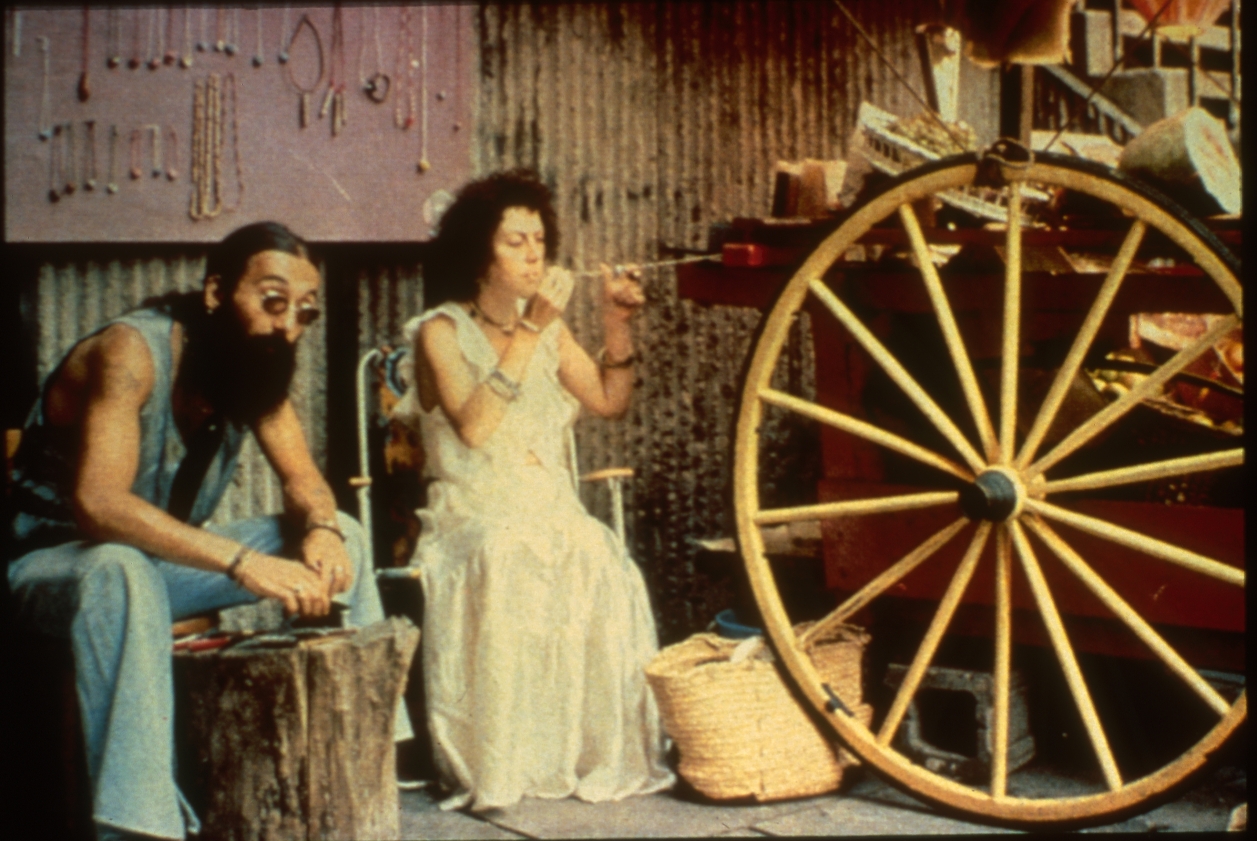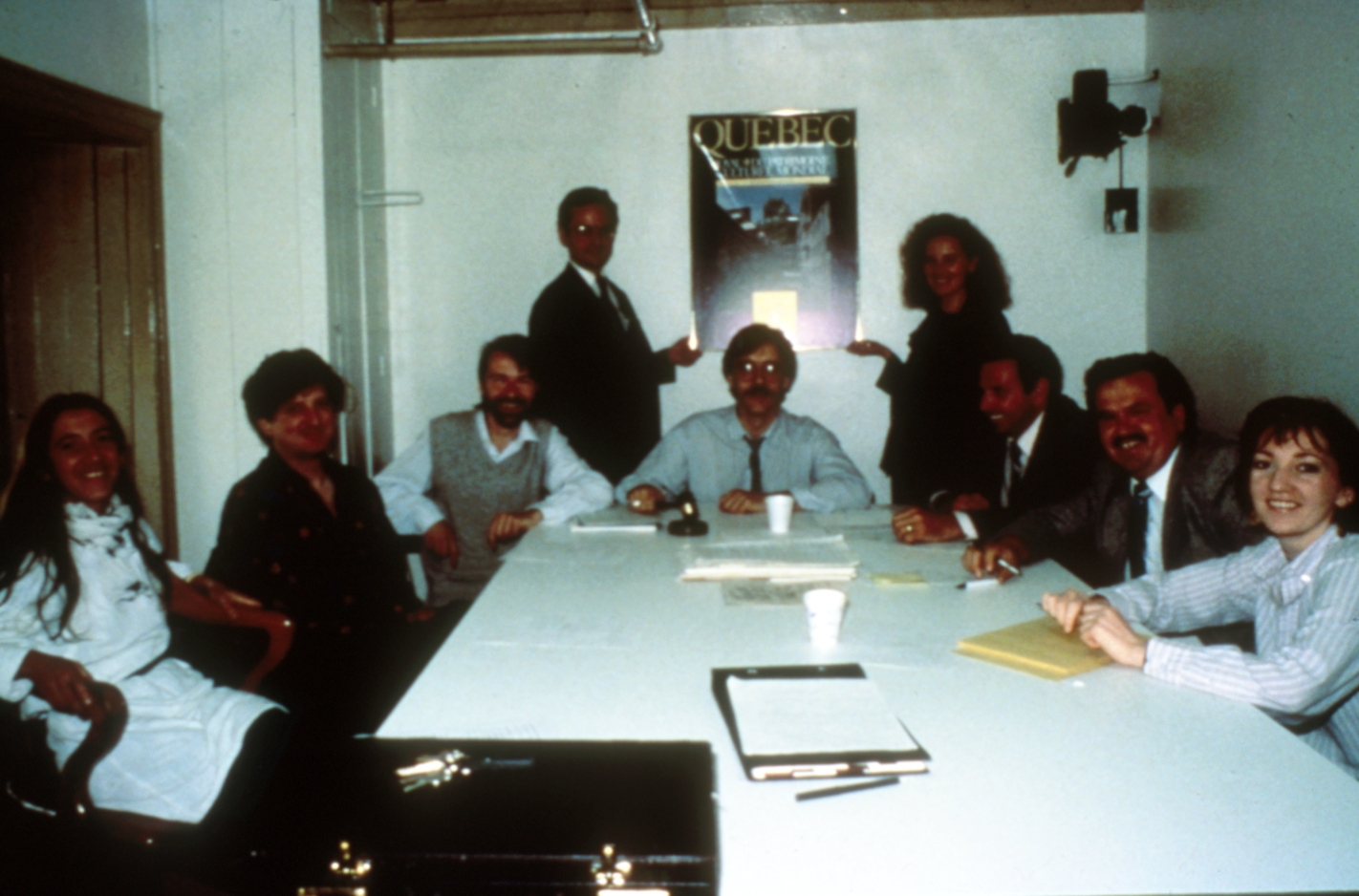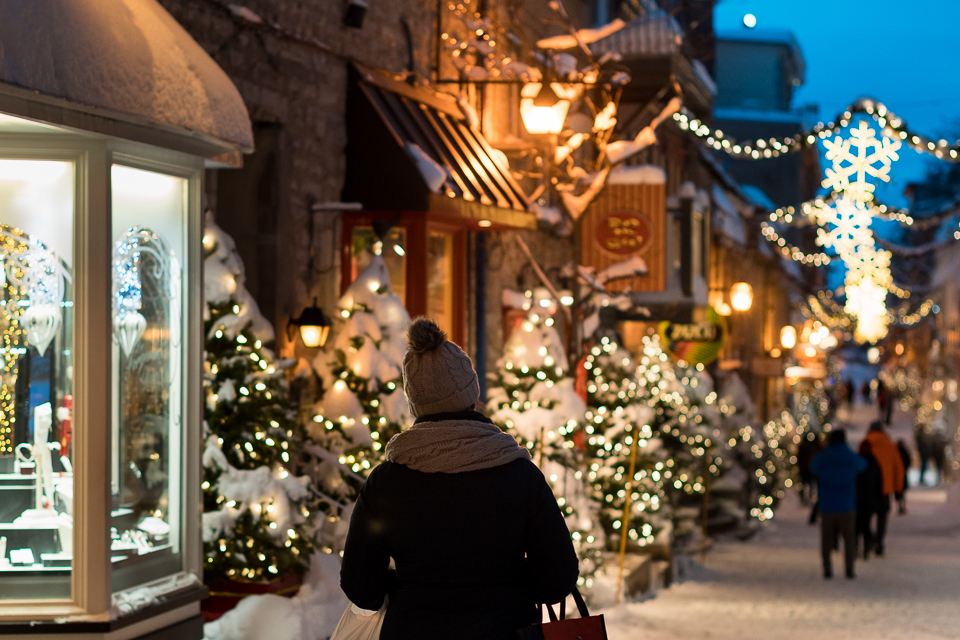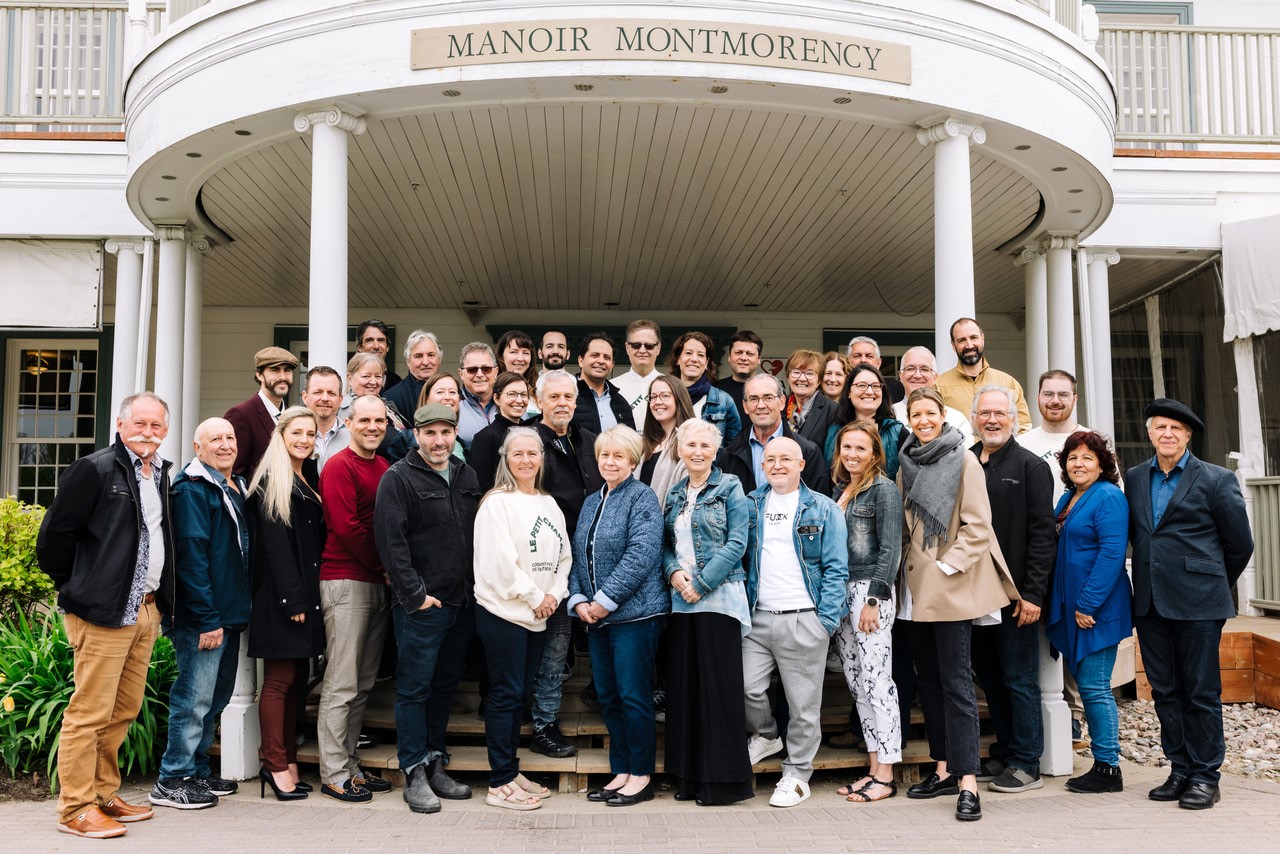Dating from the first colonization, Rue du Petit-Champlain witnessed firsthand the birth of New France, and would become the oldest commercial street in North America.
In the 17th century, Rue du Petit-Champlain was nothing more than a path leading to the Champlain Fountain. It wasn’t until 1688 that the small path became known as Rue des Meulles. In 1792, the street was entered in the census under the name Rue Champlain, then on a map dating from 1874, it was referred to as Petite Rue Champlain (so as not to be confused with Grande Rue Champlain).
Fishermen, longshoremen, and shipyard workers adopted the street and built their homes there. Between 1725 and 1760, all the houses had to be rebuilt in stone to prevent fires. Later, in the 1770s, a wooden staircase was built at one end of the street, to facilitate access to the upper and lower town. By about 1830, the neighborhood had become a sought-after place to live, with well-maintained and gaily decorated houses.
During the 19th century, the street became home to many Irish working-class families engaged in port activities and shipbuilding. In the 20th century, however, the marine industry declined significantly, and the neighborhood became increasingly impoverished.
